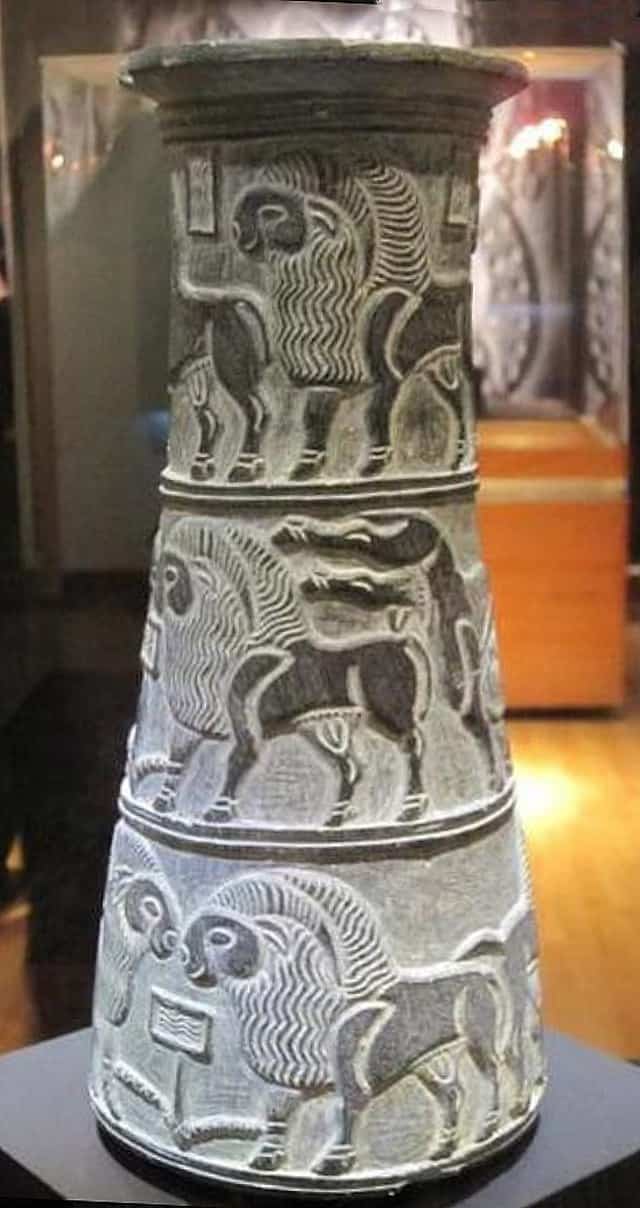
Jiroft culture
The Jiroft culture also known as the Intercultural style or the Halilrud style, is a postulated early Bronze Age (late 3rd millennium BC) archaeological culture, located in the territory of present-day Balochistan and Kermān Provinces of Iran. The hypothesis is based on a collection of artifacts that have been formally excavated and recovered from looters by Iranian authorities; accepted by many to have derived from the Jiroft area in south central Iran, as reported by online Iranian news services, beginning in 2001.The proposed type site is Konar Sandal, near Jiroft in the Halil River area. Other significant sites associated with the culture include; Shahr-e Sukhteh (Burnt City), Tepe Bampur, Espiedej, Shahdad, Tal-i-Iblis and Tepe Yahya.
The grouping of these sites as an “independent Bronze Age civilization with its own architecture and language”, intermediate between Elam to the west and the Indus Valley Civilization to the east, was first proposed by Yusef Majidzadeh, head of the archaeological excavation team in Jiroft. He speculates that the uncovered remains across these sites constitute the lost Aratta Kingdom, but his conclusions have been met with skepticism from a number of scholars. Other conjectures (e.g. Daniel T. Potts, Piotr Steinkeller) have connected Konar Sandal with the obscure city-state of Marhashi, that apparently lay to the east of Elam proper.
Read More About Jiroft culture
